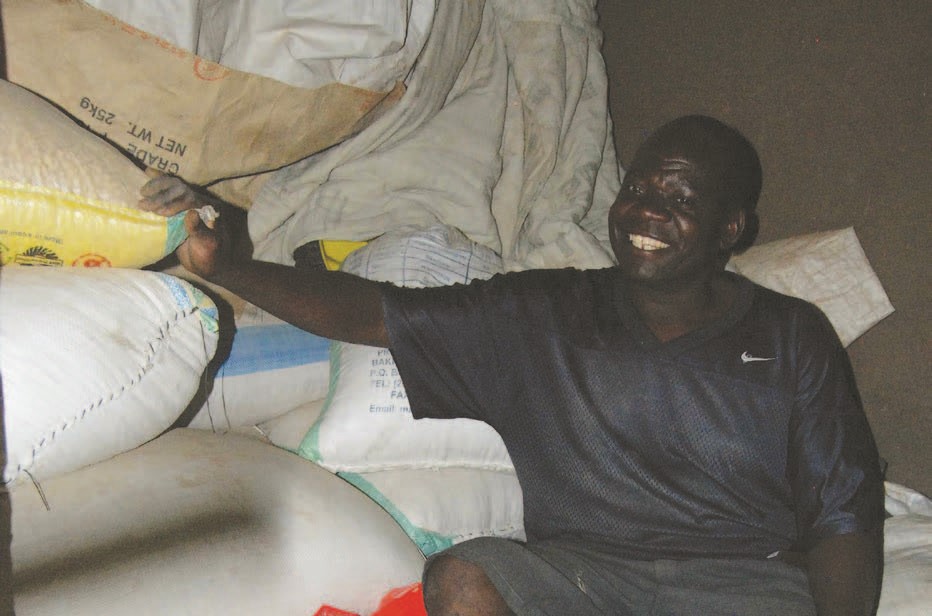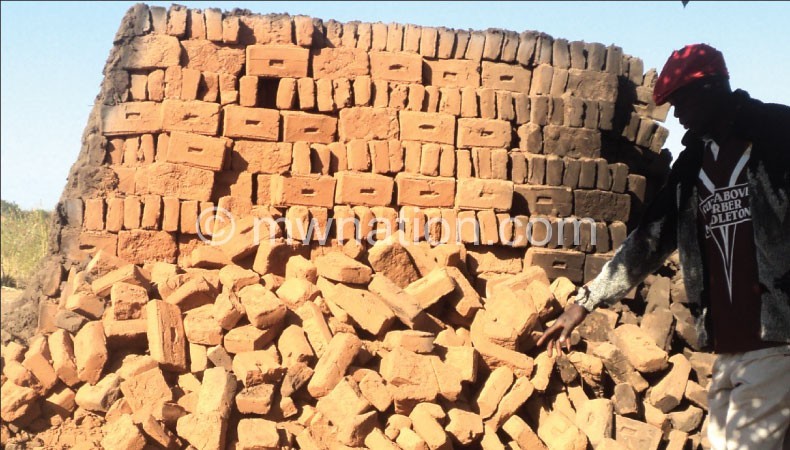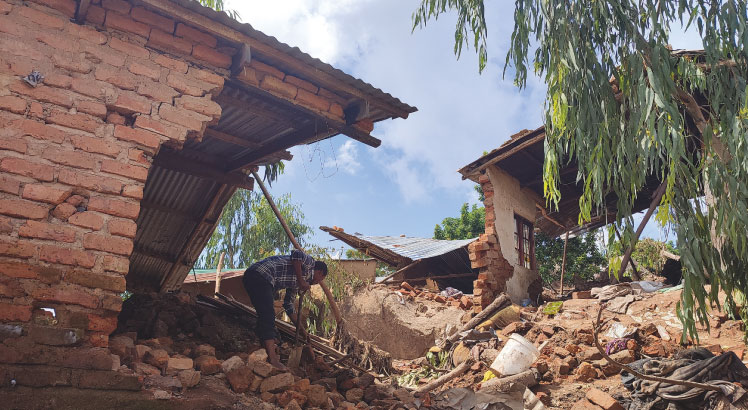Uniting to save Chikangawa
 Chikangawa Forest officials say they plan to cut down the remaining trees in the forest to pave the way for a new crop for timber.
Chikangawa Forest officials say they plan to cut down the remaining trees in the forest to pave the way for a new crop for timber.
The forest’s plantation manager Eric Zangazanga says in the 1950’s, Chikangawa Forest had trees for timber which were replaced by pulp trees in the 1960’s.
“Due to a few problems the idea of pulp was abandoned, but the trees had already been damaged. Pulp trees do not need pruning unlike timber ones. The current crop is no longer growing, and it has to be cut to be replaced with a crop that gives volume,” says Zangazanga.
According to some insiders, 75 percent of the forest is now without trees. Replanting of the forest began in 2000 and the Forestry Department is in full swing to replant Chikangawa, with particular focus being timber.
“We are engaging students to inculcate the culture of planting trees into them, their parents grew up at a time when there were many indigenous trees; hence, there was no need to plant trees, but now humankind needs wood to survive and hence, the need to plant trees,” says Zangazanga.
In 2010, cooperatives were formed to help sustainable use of the wood.
Chairperson of Lusangazi Cooperative Society Ben Nyondo said they are targeting 100 hectares in the replanting exercise.
“We have replanted about 70 hectares and we are targeting 100,” he said.
Officials from Chikangawa also said the trees are being planted under a new system called Complete Cultivation which minimises effects of fires. Already, Thungwe Station has 200 hectares filled under the new system.
The villages have not been left out; they are the most vital component in ensuring that Chikangawa survives.
“Fires are our major concern. Some villagers burn the forest so they can plant millet. This is why we are intensifying sensitisation exercise to inform the villagers that they need Chikangawa. To tell them that if they go on setting fires, they will grow poorer,” Zangazanga says.
To achieve this, the forest officials have incorporated chiefs of areas surrounding the forest into Forest Protection Committees to report illegal activity to the authorities and to further sensitise the communities.
Some operators in the forest are also taking the replanting seriously. For example, Raiply is planting 500 hectares and Total Land Care is filling 450 hectares. In total, 1 622 is expected to be planted this year. But this is not much considering that Chikangawa Forest is 54 000 hectares.
A law enforcement officer in the forest, Jacob Thole called on lawmakers to come up with tougher laws against encroachers because the current ones do not deter illegal tree cutting.
In January, Ministry of Natural Resources, Energy and Environment staff, led by the Deputy Principal Secretary in the ministry, Anthony Livuza, planted part of the forest to lead by example.
The staff members, who included secretaries and guards from the ministry headquarters in Lilongwe, joined their Mzuzu counterparts and staff from the Geological Survey Department, Mines Department and Forestry Department and planted 40 000 trees.
Livuza said through the Forestry Management Fund, government has procured more firefighting equipment to counter the problem of fires.
He expressed satisfaction with the private timber dealers who he said have been doing very well in replanting the trees they fell.
“There is more compliance with the new licence obligation that demands that the timber dealers replant the trees they cut. Actually, in this tree planting exercise, cooperatives are working hard to help us and they pay their dues in time,” said Livuza.
The current variety takes 25-30 years to mature and already Zimbabwean-bred seeds which mature in 18 years have been roped in, but the need to preserve the quality of Malawi timber means that only a small number of the imported seed can be grown.





